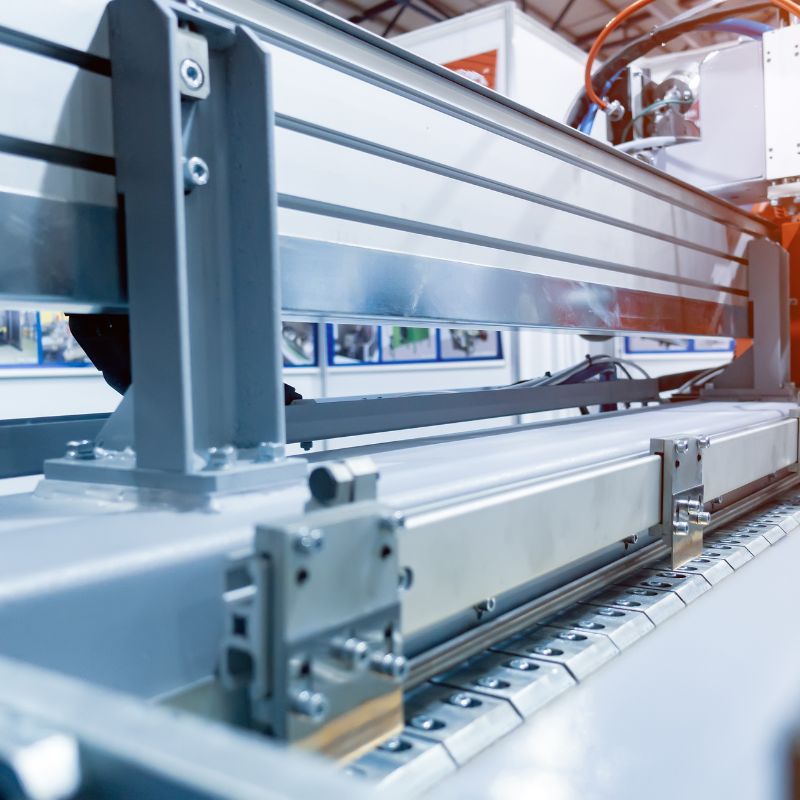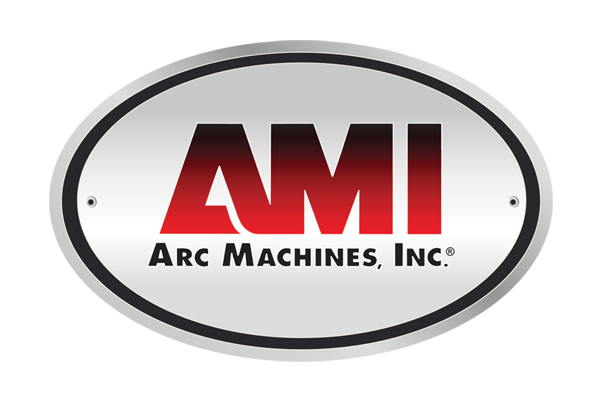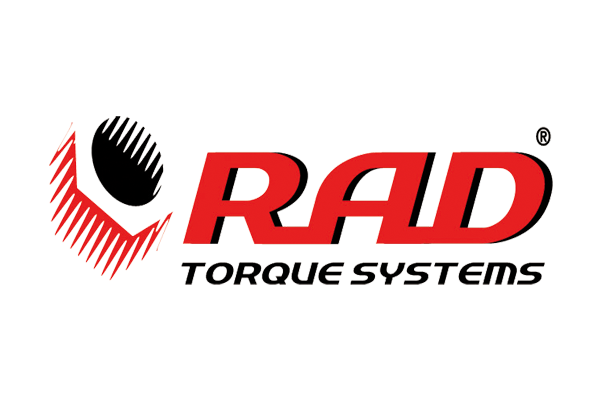Tips for Mastering the Art of Welding Thin-Walled Tubes
Welding thin-walled tubes is often challenging, requiring precision, skill, and a deep understanding of the materials and techniques. Whether you are a novice welder looking to expand your skills or a seasoned professional seeking to refine your technique, mastering the art of welding thin-walled tubes is essential.
Let’s look at some tips for mastering the art of welding thin-walled tubes and achieving high-quality, durable welds.
Understanding the Materials
Before we dive into techniques and tips for welding thin-walled tubes, it is crucial to have a good understanding of the materials you will be working with. Thin-walled tubes commonly consist of stainless steel, aluminum, and titanium. Each material has unique properties that you must consider during welding. Understanding the characteristics of the material will help you select the appropriate filler metal, welding technique, and heat input required for a successful weld.
Preparation Is Key
When it comes to welding thin-walled tubes, preparation is key. Properly preparing the materials before welding can make all the difference in achieving a strong and durable weld. This step includes cleaning the surfaces you are welding to ensure they are free from contaminants such as dirt, oil, or rust. Additionally, proper fit-up is crucial for achieving a high-quality weld. Ensure the joints are aligned correctly and have minimal gaps; this will help prevent distortion during welding.
Selecting the Right Filler Metal
Selecting the right filler metal for welding thin-walled tubes is crucial. The filler metal must have a similar composition to the base metal, a low melting point, and good fluidity. This composition will help prevent burn-through and ensure proper fusion of the materials. It is also important to select a thin filler metal that matches the thickness of the wall you are welding for optimal results.
Proper Technique
Proper technique is essential when welding thin-walled tubes. The key here is to control the heat input, as too much heat can cause distortion and burn-through, while too little heat may result in incomplete fusion. A good rule of thumb is to use a lower amperage and faster travel speed to help control the heat input, particularly for thinner materials. It is also important to use a welding technique that minimizes heat input, such as TIG (tungsten inert gas) welding or MIG (metal inert gas) welding with a pulsed current. These techniques provide better control over the heat and result in a more precise and refined weld.
Practice Makes Perfect
Like any skill, mastering the art of welding thin-walled tubes takes practice. It is essential to hone your skills and techniques continuously through regular practice. This step will improve the quality of your welds and increase your confidence and familiarity with the materials, resulting in more efficient and precise welding.
Welding thin-walled tubes requires a combination of knowledge, skill, and practice. You can achieve high-quality welds on thin-walled tubes by understanding the materials, properly preparing for the welding process, selecting the right filler metal, and using the proper technique. Remember to prioritize safety and continuously strive to improve your skills through regular practice. With dedication and perseverance, you can master this challenging but rewarding skill.
If you’re looking for an AMI orbital welder, SEC Industrial can provide top-of-the-line welding equipment and services. With their expertise in the field, they can assist you in finding the right equipment for your specific needs. Contact SEC Industrial today to learn more.









